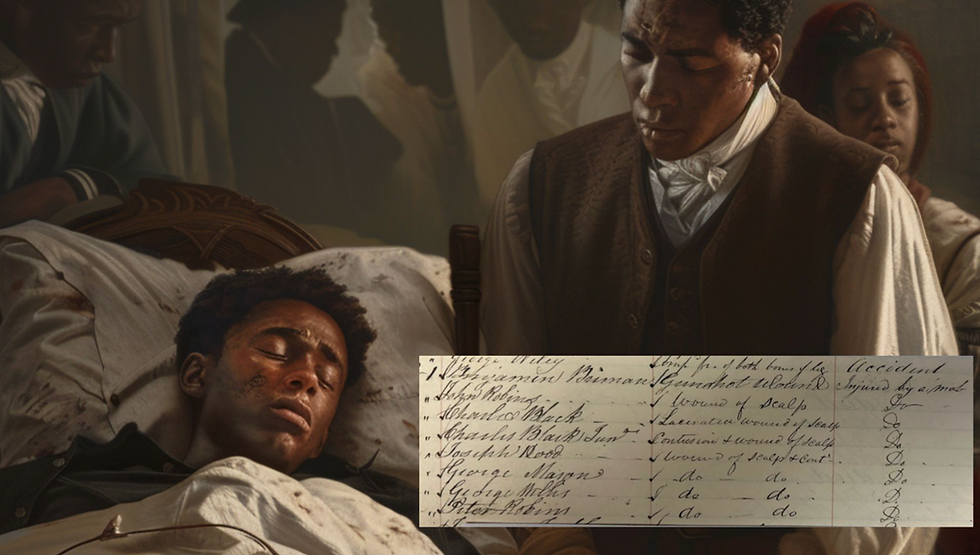Henrietta Duterte and dealing with Grief; a Memorial Day reflection
- Michiko

- May 29, 2023
- 2 min read
Updated: Sep 14, 2023
A friend of mine forwarded the story of Henrietta Duterte.
Ever since our last tour I've been thinking alot about grief and loss. Since it's Memorial day, let's talk a little about that.
Our walking tours go through areas, like Society Hill and Washington Square West, that people did not think Black people lived.
Yet, we know that those areas, which are now primarily white and affluent, were 30-60% black in 1838.
A moment on one of our recent tours evoked a sadness for what was lost in a few of our tour participants and we have realized that talking about what we had brings with it the trauma of talking about how it was lost.
We believe that the white mob attacks of the 1830s and 1840s were specifically targeting Black wealth and were aimed to move Black people out of the city center. See Andrew'Crocco's dissertation or Emma Jones Lapsansky's article for the scholarly backing on this.
And they were terrifying.

Then I received the text about Henrietta Duterte. She is a child of the Black Metropolis. She is in the 1838 census, as part of the family group of John Bowers

And she was incredible. I mean she was America's first female undertaker. She was a Black woman running a successful business in the middle of the 1800s. She devised a way to help fugitive slaves escape by hiding them in coffins. She was an Underground Railroad Operator.. She's really an unsung hero.

But what really hits me about her is that she lost all of her children. And then, after that, she lost her husband. She got married in 1852 and her husband died in 1858. Which means that she might have had up to 2-4 children during that time, all who died in infancy. This meant that she was going through a cycle of hope and tragedy, over and over for almost a 10 year period.
This picture of her..

....is a picture she took with her dead infant. There was a thing in the mid to late 1800s where people would take pictures of their dead children as if they were alive. It was called death photography.
Now when I look at this picture of her, I can see so much. It's like it was almost too much for her to focus on the camera, that someone was saying 'please turn to look' and she pursed her lips, and held back tears and took the picture.
How then...where did she find that well of strength, how incredible was it for her to go on and work in undertaking, dealing with death on a constant basis?
And then she built an incredible life and gave over and over again to others.
So today, on Memorial day, let's make some room for loss and grief. Let's reach into the example of Henrietta Duterte, a daughter of the Black Metropolis, someone who walked through the valley and yet continued to give of herself.







